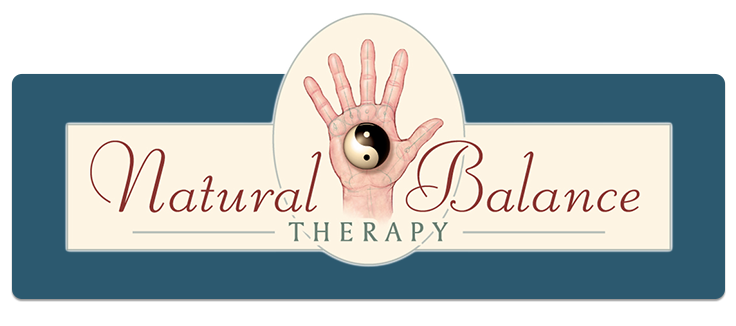In sessions at Natural Balance Therapy, you may have noticed that when we assess your structure at the beginning of a session, one of the first areas we check is at the hips, evaluating the position of the pelvis. But have you ever wondered why we do this? The answer is surprisingly simple.
The pelvis is the foundation of our whole body – if there is a dysfunction in the alignment, its effects are noticed in many other areas. A shift in the position at the pelvis affects our posture, our gait, our digestive function, and travels up the length of the spine to produce compensating shifts in the shoulders and neck, even the bones of the skull.
Because of the way the fascia is connected throughout the body, a shift in the pelvis can produce varied symptoms just about anywhere in the body. Here at Natural Balance Therapy we’ve seen some of the following issues related to an imbalance in the pelvis:
• low back pain
• knee, foot or ankle pain
• limited range of motion in the legs or hips
• rib compression, rotation, or restricted breathing
• neck pain, headaches, or jaw symptoms
A shift of one side up or down (sometimes called an upslip or downslip) also gives us a functionally short leg, further altering our spinal alignment and creating pulls towards the head and neck. Rotations of the pelvis can also play a role in digestive dysfunction by compressing or shifting our abdominal organs.
As therapists, we check for balance in a client’s pelvis first. If there is dysfunction there that is producing your other symptoms, treatment that doesn’t address the pelvic imbalance will have only limited effectiveness. By returning the pelvis to a ‘square’, neutral position, we ensure maximum value for treatment in other areas.
Pelvic balance is critical. So, if you are feeling like your hips are a little ‘off’ or one leg is shorter than another ask your therapist and they will help you find your balance. You might be surprised at how often balancing the pelvis improves seemingly unrelated symptoms like headaches, foot pain, and jaw discomfort.


Hello Kristine, I’ve been treated for knee pain in both knees not at the same time. I’m wearing a knee wrap and have some of the complaints on the list. How many appointments does it take to fix the pelvis.
Claudia,
Claudia –
Thank you for your question. Every person is different when it comes to treating and balancing their pelvis. The first step is having us take a look at what we are finding then we would talk about our thoughts and a plan of care. Through the course of treatment we also provide clients exercises that are done between sessions to help with muscle memory and balancing the pelvis. Give us a call and we would be happy to take a look. Thank you.